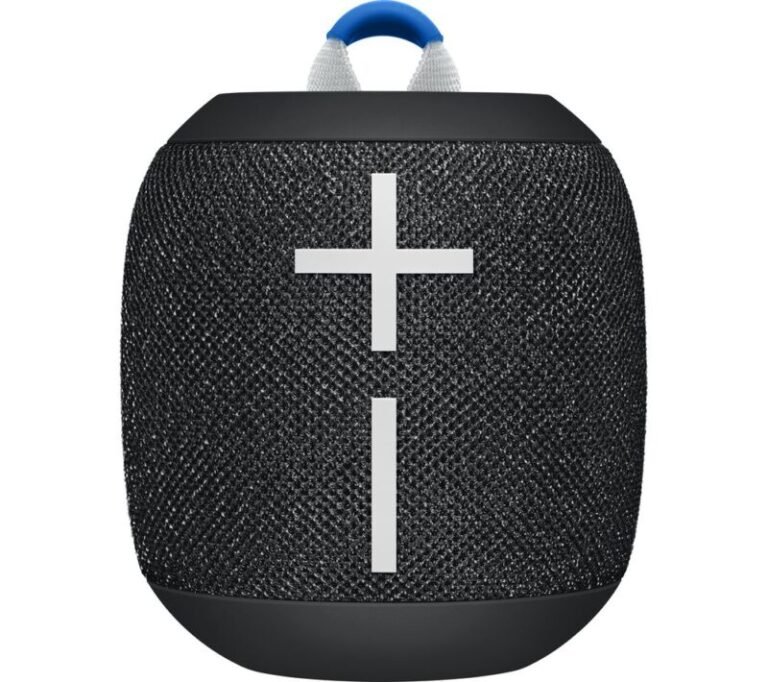How to Sell a Used Kayak

So you want to sell your used kayak eh? Kayaking has been experiencing a surge in popularity in recent years. As more individuals embrace this water sport, more kayaks are needed.
We will be diving into the process of selling your used kayak in this article. We are going to explore some benefits of selling a used kayak and provide you with a structured approach to getting it done.
Benefits of Selling Your Used Kayak
- Selling your kayak provides an opportunity to engage with fellow kayaking enthusiasts. You can share your knowledge, experiences, and passion for the sport. Use kayaking forums, social media groups, and local clubs to connect with potential buyers.
- Kayaks, even when used tend to retain their value, especially if well-maintained. Selling your kayak can provide a source of income to fund an upgrade or other adventures. To determine a competitive selling price, research the current market prices for similar used kayaks.
- Kayaks can take up valuable storage space in your garage or shed. Selling your used kayak can free up this space for other recreational equipment or storage needs.
- Selling your used kayak promotes sustainability by reducing the need for new manufacturing. It’s a small but meaningful step toward eco-conscious living. Consider highlighting the eco-friendly aspect of selling a used kayak in your listing to attract environmentally-conscious buyers.
Preparing Your Kayak for Sale
Assess the Condition of Your Kayak
Check the Accessories and Equipment: Take stock of all the kayak’s accessories and equipment. Ensure that paddles, seats, and any additional gear are present and in good condition. Highlight any high-quality or unique accessories in your listing, as they can add value to your kayak.
Inspect the Hull for Damage: Thoroughly examine the kayak’s hull. Look for any signs of cracks, dents, or punctures. These issues can significantly affect the kayak’s performance and safety. If you find any damage, assess whether it’s minor and can be repaired or if it requires professional attention.
Clean And Repair The Kayak
Clean the Kayak Thoroughly: Clean both the interior and exterior of your kayak. Remove any dirt, algae, or residue. Pay special attention to cleaning the cockpit and hatches.
A clean kayak not only looks better but also demonstrates to potential buyers that your kayak has been well cared for.
Replace Worn-Out or Damaged Parts: Replace any worn-out or damaged parts, such as worn-out hatch covers or frayed bungee cords. These small investments can make a big difference in the kayak’s appeal.
Keep receipts and records of any replacement parts or repairs to provide potential buyers with confidence in the kayak’s condition.
Repair Minor Damages: If you identified any minor damages during the inspection, such as small scratches or dings, consider repairing them. This can improve the kayak’s overall appearance. Use appropriate kayak repair kits or consult a professional for more extensive repairs.
Gather All Necessary Documents
- Ensure you have all the necessary ownership and registration documents for the kayak. This includes any proof of purchase or transfer of ownership.
- If you’ve kept records of maintenance and repairs, make them available to potential buyers. Well-documented maintenance can increase the kayak’s perceived value.
Set Your Sales Price
- Research current market prices for similar used kayaks in your area. This will help you gauge the demand and competition. Online classifieds, kayak dealerships, and forums can be valuable sources for market research.
- If you’ve made upgrades or included valuable accessories with your kayak, factor these into the selling price. Highlighting these extras can make your listing more attractive to potential buyers. Be prepared to justify the pricing based on the kayak’s condition, accessories, and any recent maintenance or upgrades.
- Take into account the age and overall condition of your kayak. Be honest about any wear and tear it has experienced over the years.
Where and How to List Your Used Kayak
Online Marketplaces
- eBay
- Amazon
- Craigslist
- Facebook Marketplace
- Kayak Specific Forums and Websites
Other Places
- Local Newspapers
- Community Bulletin Boards
- Kayak Shops and Dealerships
- Social Media
How To Create A Compelling Listing For Your Kayak
Use High-Quality Photos: Include clear, high-resolution photos of your kayak from various angles. Showcase its condition, accessories, and unique features.
Bright, well-lit photos can make a significant difference. Capture photos of the kayak on the water if possible, as this can help buyers envision their future with your kayak.
Include Detailed Description: Use a comprehensive and honest description of your kayak. Include its make, model, year, dimensions, weight capacity, and any notable features. Mention any upgrades or accessories included in the sale.
Pricing: Be transparent about your pricing strategy. If you’re open to negotiation, state it in the listing.
Accurate Contact Information: Provide a reliable way for potential buyers to reach you, such as an email address or phone number. Be responsive to inquiries and questions. Create a separate email address or use a phone number specifically for the kayak sale to protect your personal information.
How To Negotiate and Close The Deal
As potential buyers start to show interest in your used kayak, effective communication, negotiation, and the final transaction are important aspects of ensuring a successful sale.
Speaking With Prospective Buyers
Be attentive and reply to inquiries quickly. A quick response demonstrates your seriousness as a seller and keeps potential buyers engaged. Use clear and friendly communication to build trust with prospective buyers.
Be ready to provide additional information about your kayak as requested. This may include more details about its condition, history, or any specific features.
Meetup With The Buyer
When meeting with potential buyers in person, prioritize safety. Arrange meetings in public places, preferably during daylight hours, and consider bringing a friend along.
Encourage interested buyers to inspect the kayak thoroughly. Be honest about any imperfections or wear and tear they might find. If possible, arrange for a test paddle in a safe water environment to let buyers experience the kayak firsthand.
Negotiate On A Price
While you may have a target price in mind, be open to reasonable offers. Negotiating can help you find a mutually agreeable price with the buyer. Be prepared to explain why your kayak is worth the asking price.
Highlight its condition, accessories, and any recent maintenance or upgrades. If you’ve done your market research, you can confidently justify your price during negotiations.
Complete The Sale
Create a bill of sale that outlines the terms of the transaction. Include the kayak’s make, model, serial number, purchase price, date of sale, and both parties’ contact information. Consult legal resources or templates available online to ensure your bill of sale is comprehensive and legally binding.
Decide on a secure payment method with the buyer. Cash is commonly used for in-person transactions, but online payment services, bank transfers, or cashier’s checks are also viable options.
Complete the necessary paperwork to transfer ownership to the buyer when you’ve confirmed receipt of the money paid. This may involve signing over the registration or title, depending on your location and local regulations.
Issue a receipt as proof of the sale. Include details such as the date, buyer and seller names, kayak details, and the sale amount. Both parties should keep copies for their records.
Consider including a clause in the receipt stating that the kayak is sold “as-is,” which can help protect you from future disputes.
Buyer’s Satisfaction and Follow-Up Post Sale
The sale of your used kayak doesn’t end when the transaction is complete. Ensuring the buyer’s satisfaction and maintaining a positive reputation is important for future sales and building trust within the kayaking community.
Encourage Feedback and Reviews
After the sale, reach out to the buyer and politely ask for their feedback and review of the transaction. This not only helps you understand how you can improve but also builds your credibility as a seller.
Aim to offer such a positive experience that buyers willingly provide feedback without prompting. Be transparent, honest, and accommodating throughout the process.
Consider sending a thank you note or message to the buyer expressing your appreciation for their purchase. This small gesture can leave a lasting positive impression.
Address Any Post-Sale Concerns
If the buyer encounters any issues or concerns with the kayak shortly after the sale, respond promptly and professionally. Offer assistance or solutions, such as guidance on maintenance or troubleshooting.
Ensure that you uphold any promises or agreements made during the sale, whether it’s regarding warranties, returns, or additional information about the kayak.
Keep the lines of communication open and be receptive to the buyer’s needs or questions, even after the sale is complete.
Remember that your reputation as a seller extends beyond a single transaction. Building trust and maintaining a positive image within the kayaking community. Selling a used kayak can be a rewarding experience when done right.






